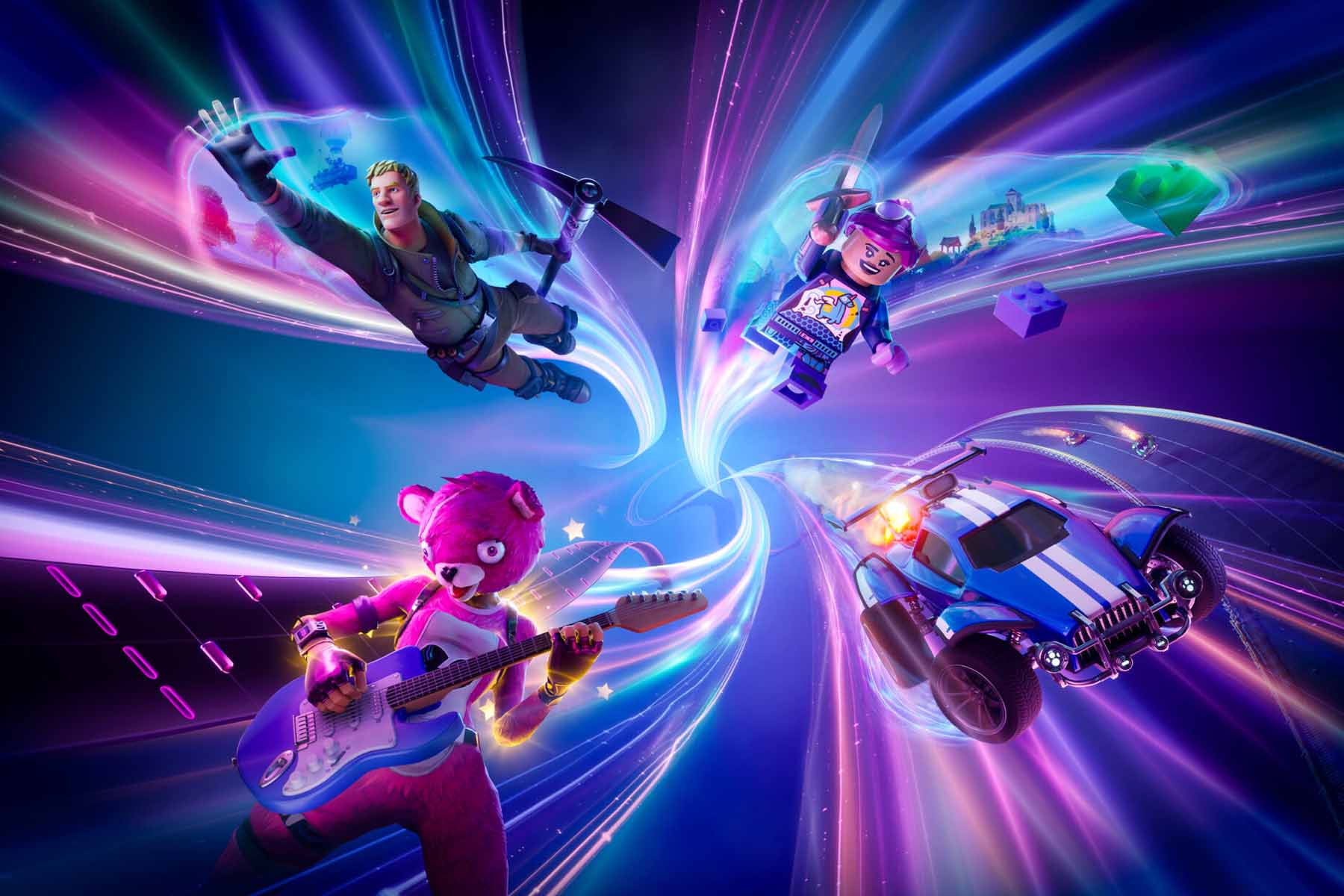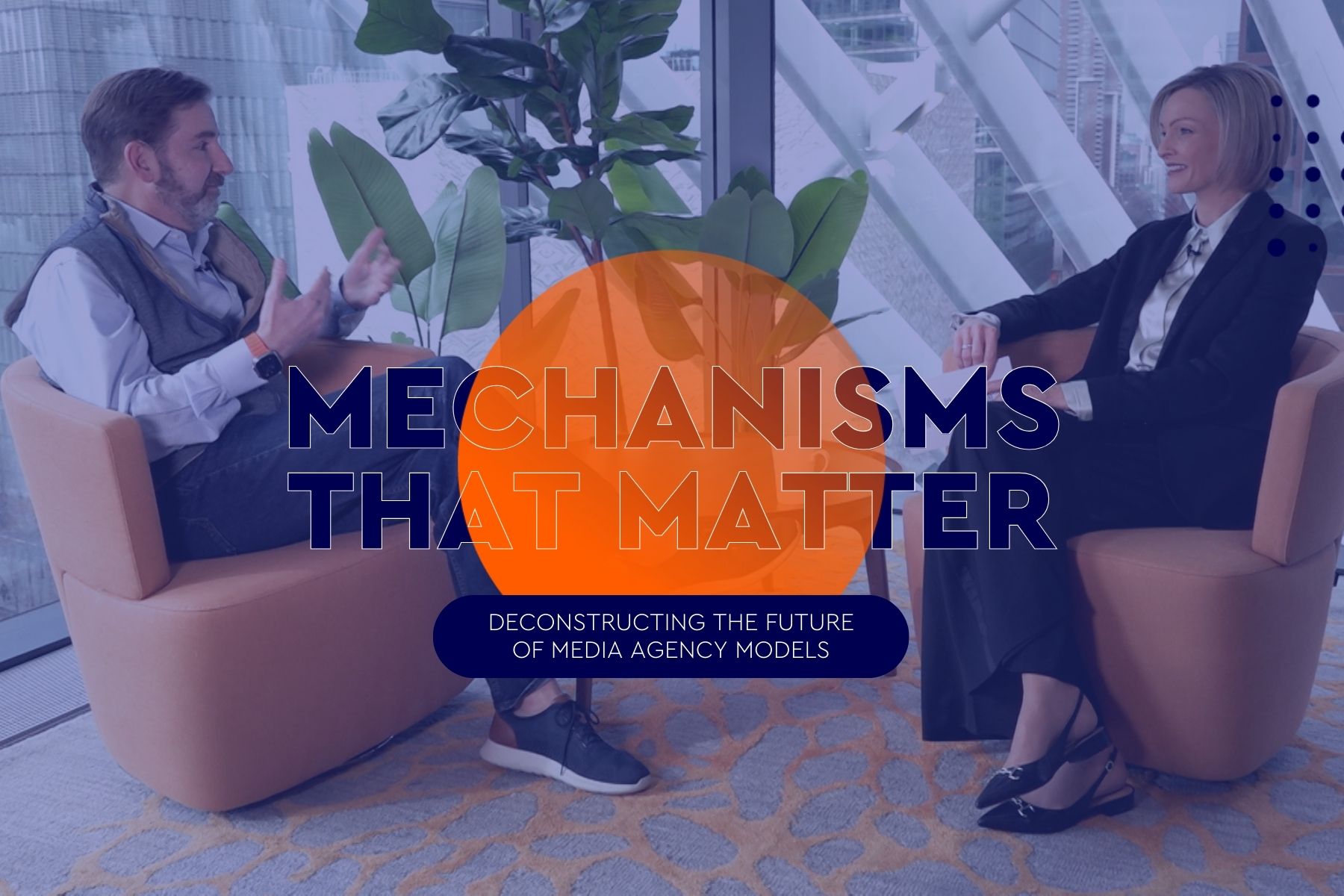Inclusion champions: Christina Mallon and Vico Benevides
Advocating for inclusive design
Show this article in Chinese, French, Portuguese (BR), Spanish
To coincide with the meeting of WPP’s new global Inclusion Council in September, and National Inclusion Week across the UK, WPP is bringing together 12 changemakers from across the network. These individuals are driving key conversations around inclusion and diversity and the industry-wide agenda forward. Across six conversations they discuss action, initiatives, and the power of advertising and marketing to create change in wider society.
Christina Mallon, Head of Inclusive Design and Accessibility, Wunderman Thompson & WPP, and Vico Benevides, Managing Director Brazil & Executive Creative Director Latam, GTB, discuss pioneering client work on accessibility, and the importance of inclusivity at the beginning of any new technology build.
Vico Benevides, Managing Director Brazil & Executive Creative Director Latam, GTB (He / Him / His): You have such an interesting dual job role Christina, could you tell me a bit about your progression into your current role?
Christina Mallon, Head of Inclusive Design and Accessibility, Wunderman Thompson & WPP (She / Her / Hers / Disabled): I am the first and only head of Inclusive Design for Wunderman Thompson. I definitely had an interesting progression into this role because I worked with the team to create this role. Advertising was changing and at Wunderman Thompson we have really forward-thinking leadership. When I told them about all the needs that were coming in from clients globally, for inclusion, I saw that we really needed to think about the roles needed to answer this issue. Before this, I was running the Tommy Hilfiger adaptive account and doing a lot of inclusive design work there. I noticed that other clients – non-fashion clients – loved the work and people didn't understand that what made it really special was the methodology behind it. And that methodology is inclusive design methodology. It can be applied to any type of client and any type of vertical. Since then we have seen a lot of success, as I apply it to brands like Microsoft and Unilever.
I think it's about getting people on board to really think about who's getting left out and to make conscious decisions about that in your designs. I think a lot of people just looked at it as charity – they didn't see the business positive outcome that would come from being inclusive.
Now what I do is work with our top 30 clients to push their work and their customer experiences to be more inclusive of people’s diversity. Currently, we're just looking at targets in a silo and we're designing for 80% of people, but let's flip that and design for the 20% of people who are diverse.
VB: That’s so interesting. I think creativity's been my role since I was born. I’ve always loved finding solutions and finding new ways of doing things.
Have you encountered challenges or obstacles in your career so far?
CM: For four years, I have been advocating for inclusion from an advertising design perspective. I think it's about getting people on board to really think about who's getting left out and to make conscious decisions about that in your designs. I think a lot of people just looked at it as charity – they didn't see the business positive outcome that would come from being inclusive. I really had to convince them by using data and creating reports to show them the numbers, that the bottom line increases when you're inclusive in your communications and in your products.
We need to talk to senior leaders, and get in front of them to convince them that being inclusive is not just for foundations or charities. Your advertising and your products can make more of a difference to the fight for inclusion, because it has such good reach. An example of that is Dove. I think the body positive movement shown in their advertising has given a big push for inclusivity in culture – those easy ways to be inclusive in your advertising can really change culture and change the world. It's about convincing brands that they have that power, and that that act will also increase their bottom line – Unilever is an example that has seen both.
You cannot say one thing and do another. You need to find your own voice, your own DNA, and your own way to make the world more inclusive.
VB: I totally agree. I believe that clients need to understand that inclusivity is a big business.
I also think that every brand is asking themselves "how can I be better?" which is a good thing. Now it's about how you build that path to be a better brand. You cannot say one thing and do another. You need to find your own voice, your own DNA, and your own way to make the world more inclusive. It's never been a better time to be in this business, helping those brands to find their own path.
The last thing we did with Ford was the Accessibility Mat. The brief was to double sales to wheelchair users in Brazil. We researched this audience and spoke to them to understand how Ford could help them. After a lot of research, we understood that our streets in Brazil had a lots of bad sidewalks. We also discovered that there was a part inside the car that usually wasn't used for anything. So we rethought this spare part and turned it into an active part of the car to make it more accessible and increase the ease of mobility for wheelchair users. I believe this is one of the most powerful ideas we’ve ever come up with, to see something make a real impact on the community, on the audience. Now we’re talking with other countries to see if this can be a global initiative.
CM: I'm a huge fan of that work. I'm hoping that Ford will take that innovation and make it available globally – it would be a huge differentiator for Ford, especially for that community to have that product.
One of my favourite pieces of work is the Tommy Hilfiger adaptive work that we did. It has a special place in my heart, just because it was extremely inclusive from beginning to end. It also focused on fashion, which tends to be very exclusive. So, that big shift change and the commitment that the client had to inclusion made it such a lovely experience. It was impactful for the community, especially as someone with a disability like myself.
I also love working with Microsoft to create different hack products, like adaptive paint, where people with disabilities can use the Xbox controller to paint. Right now, I'm working on a Unilever inclusive design project. So there are a lot of really exciting things happening.
Because disability happens to everyone over a lifespan, seeing successful disabled people enjoying life will help decrease the stigma that surrounds being disabled. Advertisers are always talking about culture and humanity, and I think we need to embrace the other parts of humanity and experiences that are just as beautiful in disability.
VB: You’ve mentioned your work with Microsoft. Is technology helping things to be more accessible and if so, how?
CM: Technology can either help or hurt the disability community. That's why it's so important that when you're building things at a tech company, you always have to have inclusivity as a core philosophy at the beginning of any build. People with disabilities like myself – I use a specific technology and I can control my computer with my voice and my feet. Those programmes only work when the platforms are built to be accessible with them, and so much of our time is spent on these platforms using this software. In the future we will spend even more time on them.
Tech companies understand their impact on inclusion and have started to commit to ensuring that they are making their products and services in their software as inclusive as possible. Microsoft, especially, has made a huge commitment to disability inclusion in their software. That's why they are such a strong partner of WPP because inclusion is one of our key pillars here.
We're starting to see different people and different brands change their tone and talk about independence, and show people with disabilities in a different light – showing them as successful. Showing them as the person getting married or the person buying their products – just showing them in normal situations like everyone else. Now I'm starting to see much more inclusive, multifaceted messaging on disability in advertising. If we are in a world where it's ‘us versus them’, it's divided, and that's not going to move the world forward.
VC: I think exactly as you said Christina – the world shouldn't be divided. I think brands need to, and are starting to, understand that we should aggregate instead of divide. My advice to brands would be to be courageous, be bold, be true.
CM: Totally and I think that the most important thing with inclusive design is that you need to collaborate with the communities that you're designing for, and that's more than just focus groups. Ask "who's on my team? Who is doing the work?" If we don't have the diversity that we want on teams then ask "how can we bring consultancies in?" I think that everybody has their own lived experience and that really does shape the work. We need to make sure that we're collaborating with communities and doing that type of research, to understand the teams before we're producing work. We need to put together a standard brief saying that "I want this many people of colour in my ads that reflect the diversity of the world" and "all of my digital property needs to be accessible".
Putting that in the brief early on and having those conversations is so important, because then that creates a habit.
Read more from our Inclusion Champions in conversation series
published on
30 September 2020
Category
More in Communications

How to build your brand in-game
A new research report from WPP and SuperAwesome

Mechanisms that Matter – Inside our partnership with Audible
How do you take a huge client like Audible from 22 agencies to one thriving networked team?

Healthcare communications – diverse, dynamic & different
Communicating about health and healthcare in APAC requires a nuanced and balanced approach

